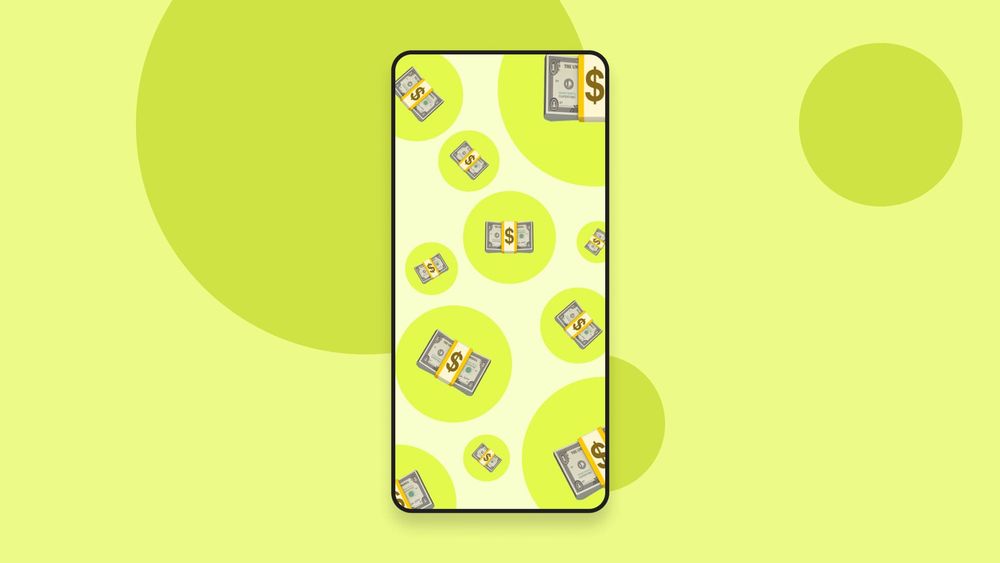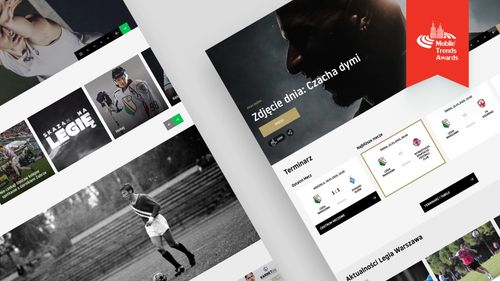Why UX is Important for Business – Satisfaction Equals Revenue
Rafal Hydzik

To a certain extent, we see User Experience as hospitality. Motivation-wise, it's no different to meticulous, detail-driven table setting or preparing the guest room according to its future inhabitants' needs. UX business-wise is essentially how you consumers enjoy your product (and how likely they are to return to the experience).
Even at the gut level, we understand that customer experience is at the core of every successful business. It’s a very simple principle – when you take care of your customers, they are willing to come back or pay extra for your product or service, putting more money into your business. In short, customer satisfaction equals revenue.
At the same time, for some illogical reason, user experience is often overlooked by companies. This is surprising since users are, in fact, customers sitting behind the screen of a laptop or a mobile phone. And when they have a bad experience with a product, they are unapologetically unforgiving.
- 90% of users reported they stopped using an app due to poor performance.
- 86% deleted or uninstalled an app as a result of encountering problems with its functionality or design.
- 88% of online consumers are less likely to return to a site after a bad experience.
Even though user experience should be at the heart of every digital product, there are plenty of businesses that do not invest their money into it. We can distinguish three types of executives who ain’t eager to put some cash into delivering good UX:
- The Oblivious: they are unaware of the fact that their product has bad usability (probably never even talked to the users)
- The Ignorant: they don’t accept the fact that the product needs UX improvement (they don’t see the money value)
- The Lost: they are aware of the benefits of good user experience but struggle to deliver it (they lack strategy and know-how)
Are you guilty of belonging to one of these categories? If so, let’s see how you can start to work on user experience in a way that is strategic and brings business value.
User Experience Meets Business Value
The strategy and design solutions should always be aligned with business goals of the company. When you have a digital product, you should ask yourself a fundamental question: “What do I want to achieve with this site or mobile app?”
UX talks a lot about being user-centric and focusing on user needs. After all, the goal of UX is to give users solutions that they will love. But let’s be honest – most businesses would rather not deliver great user experience for purely altruistic reasons. They do it because they want to run an efficient and profitable company. When they invest in user experience, they want business results. At the end of the day, it all comes down to what is good for the organization.
The users’ overall satisfaction with the product, their increased loyalty and advocacy should be reflected in the revenue (or other business success criteria). There is no place for solutions that don’t provide business value. A great UX designer will manage to link user goals with business goals so that both users and the company reap benefits.
Here are a few examples of such approach:
- Bank of America → user-centered redesign of the registration process -> registration up by 45%
- Anthropologie (clothing company) → UX redesign of the checkout process → sales up by 24%
- GFK (consulting firm) → buy button redesign -> sales up by $500 million
- United Airlines → user research -> online ticketing up by 200%
UX Helps You Achieve Business Goals
When users come to your website or mobile app, there are tasks you want them to complete successfully. These actions support your business goals. It could be signing up for a free trial or a newsletter, purchasing something, creating an account, or calling your number. A poor experience will prevent people from doing these things.
The role of UX design is to help users achieve goals. UX designers combine the knowledge of human psychology with research and logical skills, which gives them a superpower – they can discover how to design to achieve the results you want.
Measure Business Value in Key Metrics
Data is critical and absolutely necessary when speaking about business value. It helps executives make decisions based on facts and statistical numbers. When talking about the growth of our business, we use financial, operational, HR, marketing or sales data. The same rule applies to product development – you need data to evaluate how the implemented solutions affect your business. The data of the increased key metrics is the best way to see the business value of UX.
Investing in UX
From the business point of view, you should focus on UX early in the product development. If you ignore usability and user needs, there’s a high chance you will release a product that doesn’t perform the way you wanted. At that point, you will have sunk time, financial and human costs in development. Even worse, you will have to spend even more money to fix and rework the product.
This is why you should treat UX as an investment in your company. Catching and fixing UX issues early in the design/prototyping stage will mean less costly rework down the road. It has been estimated that for every $1 to fix a problem during design, it would cost 5x more to fix the same problem during development and 30x times more after the product’s release! Since software development is always pretty expensive, it just makes sense to invest in UX design.
Conclusion
If you haven’t introduced UX processes in your product development, you can either hire some experienced UX consultants to help you with a particular project or hire an in-house UX designer to join your team. Whichever option you choose, it will be a step in the right direction.
And remember to be a great host of your venue!
Need expert assistance with your digital project?

